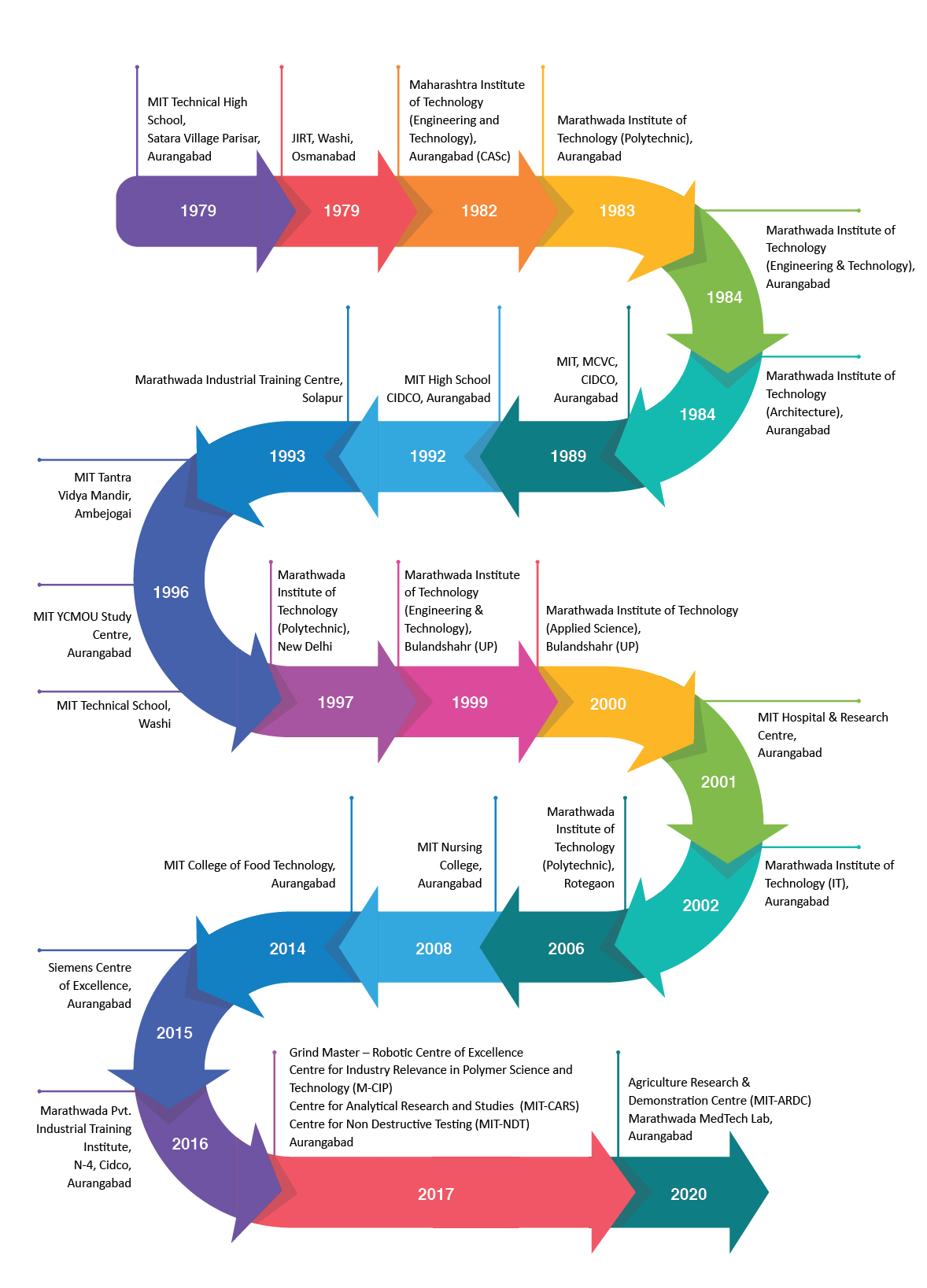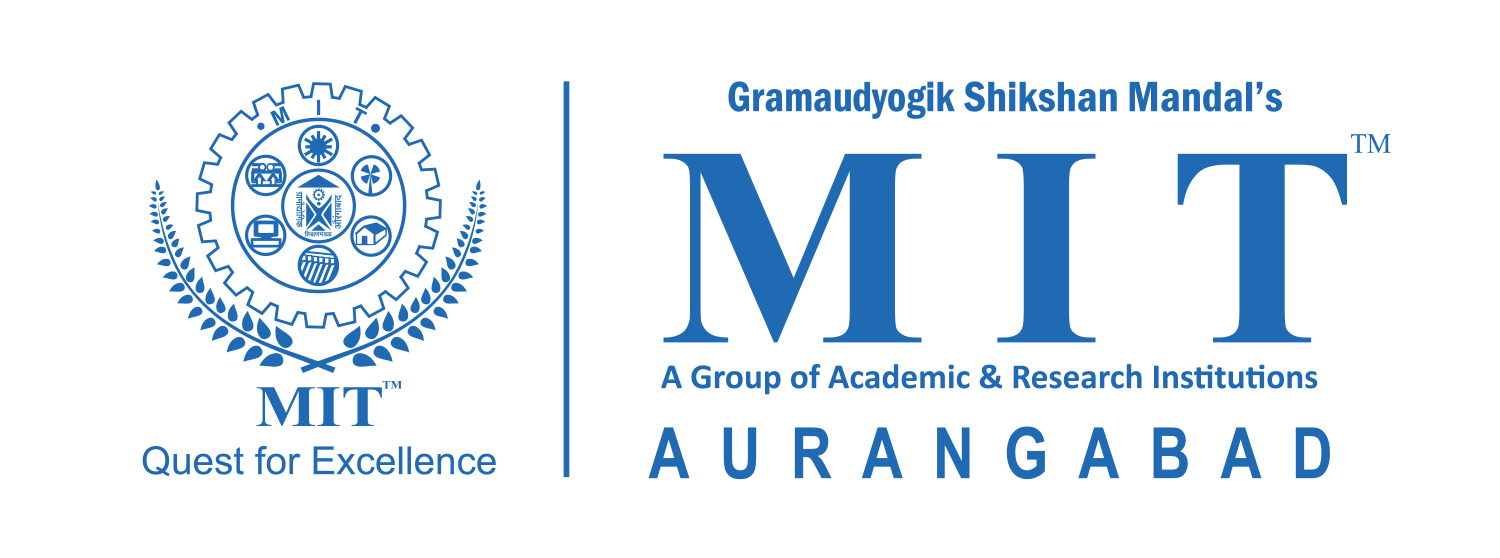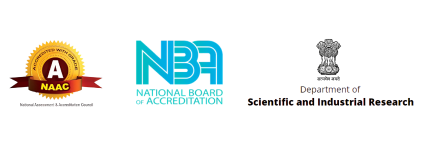MIT at a Glance
As classrooms go digital and learning has taken a new dimension, economies, and jobs are redefining. With AI, ML, automation, circular economy, and social entrepreneurship, there is a growing gap between job requirements and graduates skill, attitude, and capabilities. MIT identifies critical areas of redefining and redesigning curriculum and prepares education models allowing future-ready faculty to empower students to transform and thrive in an evolving future.
Idea to Institution
A seed planted and nurtured can turn into “The giant banyan.” The same way an idea pursued relentlessly may become an Institution.
One such example of the growth of an “Idea into Institution” is the MIT group of academic and research institutions offering primary to Ph.D. level education. Gramaudyogik Shikshan Mandal (GSM), Aurangabad, a trust established in 1975, has become a center for learning serving students over the last four decades.
The very name of the trust reflects the thought process of the founders, “Gramaudyogik Shikshan Mandal.” The idea was to take “Udyogik Shikshan” (Vocation Training and Education) to a “Gram” (Village). Well, “skill development” was not a buzz word then! This thought gave the next generation direction to pursue education and training in science, engineering, and technology for the students in the under-developed region of Marathwada.
GSM has established 20 institutes and developed Centers of Excellence in different fields of engineering and technology. GSM has grown organically in two different provinces of India, namely, Maharashtra and Uttar Pradesh. More than 12000 students are receiving quality education on GSM’s list of campuses. These range from quality primary schooling to postgraduate courses, as well as targeted vocational training. GSM, through its premier institutes, referred to as MIT Group of Institutions or MIT, offers a wide range of programs.
With changing times, institutions have to reinvent themselves to remain relevant to society’s evolving needs. The present leadership is acutely aware of its role in the 21 century. It is translating the transformative ideas into action through various initiatives. The resource allocation is no longer just for the physical education world as it existed but for the emerging times characterized by virtualization.
Values and Vision
Enduring values of serving society through education must be communicated through contemporary means. As classrooms go virtual and digital, learning is experiential. Industry 4.0, digital technologies, AI, robots, automation, circular economy, and social entrepreneurship redefine economies and jobs. MIT is concerned about the growing gap between the job requirements and skills, attitudes, and capabilities of fresh graduates and working on ways and means to transform itself into a center for lifelong learning. It identified critical areas of redefining and redesigning curriculum and education models (future-ready graduates), retraining faculty members (future ready faculty members), and transforming and thriving in the emerging future.
Historical Timeline

G. S. Mandal – The Parent Trust
Gramaudyogik Shikshan Mandal (GSM), Aurangabad, is the parent trust of MIT, established in 1975 in Maharashtra, India, under the Bombay Public Trust Act. It is registered under the Societies Registration Act. Over the last four decades, GSM has established 20 institutes and developed more than 12000 students are receiving quality education on GSM’s various campuses. These range from quality primary schooling to postgraduate courses, as well as targeted vocational training.
MIT has been continuously encouraging its institutes to create a conducive environment for the exchange of knowledge. MIT is a pioneer in this endeavor and has successfully established mutually beneficial triangular partnerships among academic institutions, industries, and government organizations. Such a collaborative approach has facilitated trailblazing solutions to industries’ real-time problems and paved the way for research projects.

